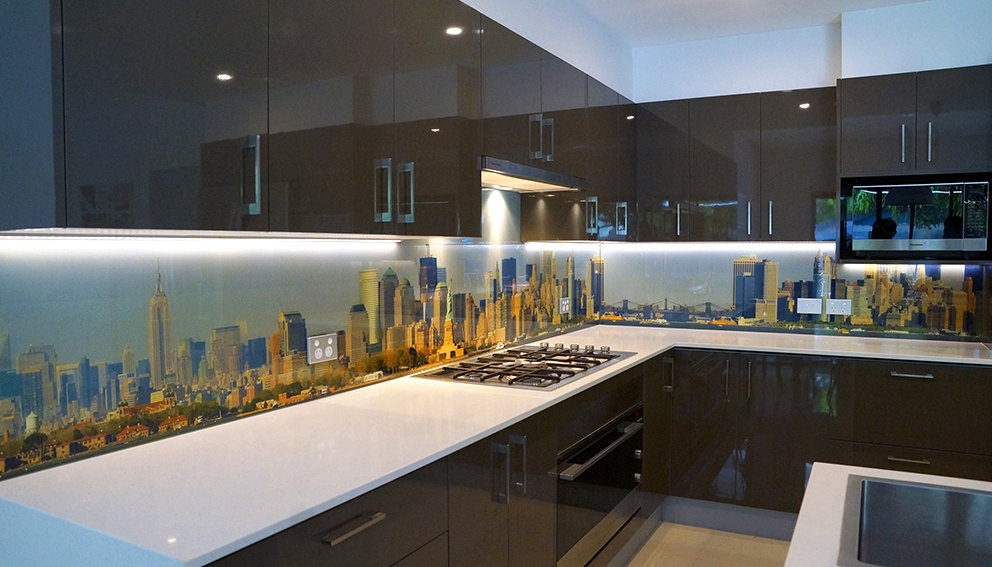Mold can be a serious issue in any home and it’s important to take proactive steps to keep your living space mold-free. As a certified environmental hygienist, I’m here to provide you with the necessary information to help maintain a healthy indoor environment for your family.
With the right tips and techniques, you’ll have peace of mind that your home is safe from potentially hazardous mold growth. It doesn’t matter if you’re a homeowner or renter; anyone can benefit from taking preventative measures against mold infestation. Taking control of your indoor air quality gives you freedom from potential health risks associated with airborne mold spores and other pollutants. So let’s get started!
Check For Signs Of Moisture
Mold is a sneaky intruder, silently seeping into homes and wreaking havoc without permission. It’s essential to detect the presence of moisture early before mold has had time to take root. As a certified environmental hygienist, I recommend testing frequently for hidden signs of water damage or high humidity levels in your home.
Identifying and eliminating sources of excess moisture are key components in keeping any home free from mold. Take some time to inspect areas such as bathrooms, kitchens, attics, basements, and laundry rooms; all places that can easily become damp due to condensation build-up and improper ventilation.
If you notice any standing water or persistent wetness on walls or floors, act quickly by removing these sources immediately. Understanding where moisture may be coming from also helps maintain an environment where mold cannot thrive long-term. To prevent this unwelcome guest from taking up residence in your home requires vigilance – but with effort comes a reward!
You’ll have peace of mind knowing your family lives in a healthy and safe space free from unwanted fungi growth. Now let us look at reducing those pesky humidity levels…
Reduce Humidity Levels
Mold growth can be prevented by reducing the humidity levels in your home. High moisture content in the air is a primary cause of mold, so it’s important to monitor temperatures and improve ventilation throughout the house. Keep windows open during dry periods whenever possible as this will help reduce indoor humidity levels. Additionally, turning on an exhaust fan while showering or cooking can also help keep moisture levels low.
Using dehumidifiers strategically placed around areas prone to high humidity such as laundry rooms and basements can further prevent condensation from forming on walls and other surfaces which could otherwise lead to mold growth.
Furthermore, temporary solutions like using fans may provide relief when necessary but should not replace more permanent measures like installing better drainage systems if needed. It’s equally important to ensure that all plumbing fixtures are correctly maintained and regularly inspected for any signs of leaks or water damage since these conditions are ideal for mold growth too.
Implementing these strategies into your everyday routine will go a long way towards creating an environment where mold cannot survive, helping you maintain a healthy home free of harmful contaminants. With that in mind, let us now turn our attention toward using mold-resistant building materials to protect our homes against potential infestations.
Use Mold-Resistant Building Materials
Mold-resistant materials are a great way to protect your home from mold. It’s important to know the different types of materials that are available and the benefits they can offer. For example, mold-resistant drywall can help reduce the risk of mold growth, while mold-resistant paint can act as a barrier to prevent moisture buildup. Using these materials can help you keep your home mold-free and save you time and money in the long run.
Types Of Mold-Resistant Materials
It’s essential to take proactive steps in preventing mold growth in the home. Utilizing mold-resistant building materials is one of the most effective ways to do that. As a certified environmental hygienist, I’m confident you’ll want to ensure your family enjoys freedom from mold in their living spaces.
When it comes to choosing materials for use in your home, remember to look for items with an antimicrobial finish or coating and make sure they’re designed for use in wet environments such as bathrooms and kitchens. This helps stop the spread of bacteria, fungi, and other microbes that can cause health issues.
Regular inspections are also necessary – inspecting any water-damaged areas or hidden spots where moisture could be trapped and left unchecked – so if there is potential for mold growth, it’s quickly identified and treated before becoming a larger problem.
Proactive prevention measures combined with regular inspections help keep your home safe from dangerous molds – so you can breathe easy knowing your family has a healthy environment!
Benefits Of Mold-Resistant Materials
Using mold-resistant materials in your home is an effective way to prevent the growth of dangerous molds. Not only are these materials designed to resist moisture, but they also come with antimicrobial finishes or coatings that stop bacteria and fungi from growing. This helps keep your family safe and healthy!
Regular testing for mold should still be done, however, as hidden spots where moisture could be trapped may not be visible until it’s too late. Ventilating properly can also help reduce potential areas for mold growth – so make sure you have proper ventilation systems installed throughout the house.
By taking proactive steps like using mold-resistant building materials, regularly inspecting any water-damaged areas, and ensuring good ventilation in the home, you can protect your family from the dangers of mold while enjoying a healthy living space.
Clean And Seal Surfaces Regularly
To keep your home mold-free, regular maintenance and clean-up routines are essential. These should include cleaning areas that may be vulnerable to excess moisture, such as bathrooms, kitchens, basements, or laundry rooms. It is important that surfaces in these areas are kept dry; this can be achieved by wiping them down with a cloth after use. Implementing these Mold-Free Home Tips can significantly reduce the risk of mold growth and ensure a healthier living environment for you and your family.
Additionally, seal any cracks around window frames and doors using caulk to prevent moisture from entering the space. It is also recommended to invest in a dehumidifier for your home to reduce humidity levels if necessary. A hygrometer can help you measure the relative humidity level of a room so that you know when it needs to be reduced.
Make sure all windows and vents remain open during rainy days or periods of higher humidity to allow air circulation throughout the house and discourage mold growth. Maintaining good indoor air quality is key to preventing mold growth in your home. Regularly check walls, carpets and other surfaces for signs of dampness or discoloration, as well as checking behind furniture for trapped moisture. If an area does become wet then take action immediately to dry it out before mold takes hold – investing in a dehumidifier could save time and money in the long run!
Invest In A Dehumidifier
Mold is a common problem in many homes, but thankfully there are steps you can take to avoid it. Investing in a dehumidifier is one of the most effective ways to keep your home mold-free. Dehumidifiers remove excess moisture from the air and help reduce condensation on windows and other surfaces that may be prone to mold growth.
By reducing humidity levels and removing any standing water, you can significantly decrease your chances of developing an indoor mold issue. It’s also important to inspect seals around all doors and windows for signs of leaking or drafts. If you detect any leakage, make sure to patch up cracks immediately with caulk so no moist air seeps into the home from outside sources.
Additionally, if your bathroom has high levels of steam produced when showering or bathing, consider installing an exhaust fan as this will help prevent further condensation accumulation which could lead to mold formation. Overall, there are several simple yet effective strategies that every homeowner should follow in order to keep their living space free of unwanted mold infestations.
Pay attention to potential sources of moisture like leaks, drafty areas, and bathrooms where steam accumulates – then invest in a reliable dehumidifier system while being mindful not to let excessive condensation occur within the residence. Taking these proactive steps now helps ensure your home remains healthy and comfortable well into the future.
Conclusion
Mold is an insidious problem that can cause a variety of health issues. To protect your home and family, it’s smart to take proactive steps to keep mold away. As a certified environmental hygienist, I recommend checking for signs of moisture, reducing humidity levels, using mold-resistant building materials, regularly cleaning and sealing surfaces, and investing in a dehumidifier.
If you follow these tips, you should be able to zap any potential mold problems before they have time to wreak havoc! Nowadays more than ever, staying ahead of the curve on household maintenance is essential – don’t let mold get the best of you!












